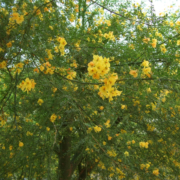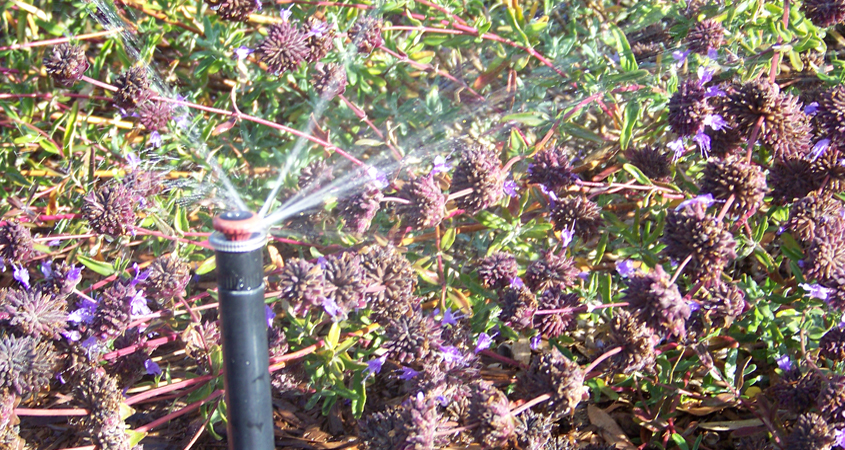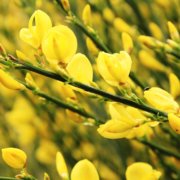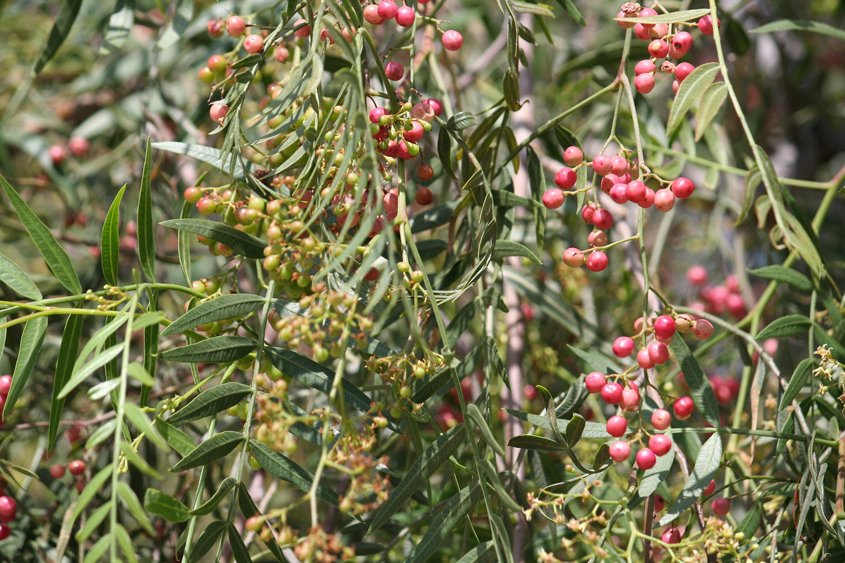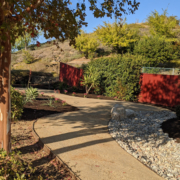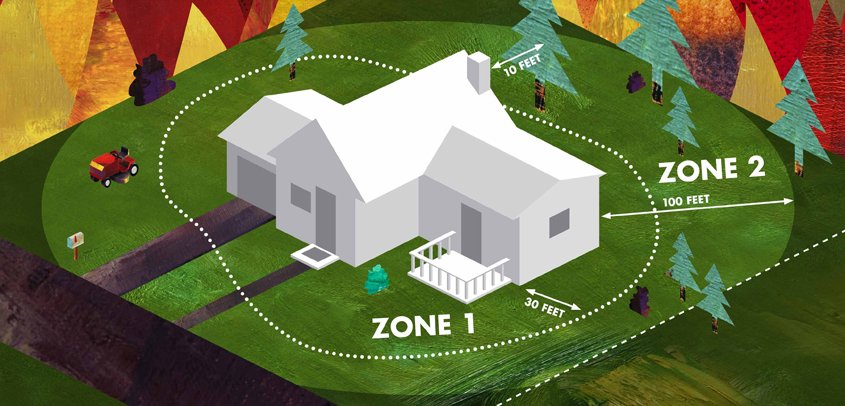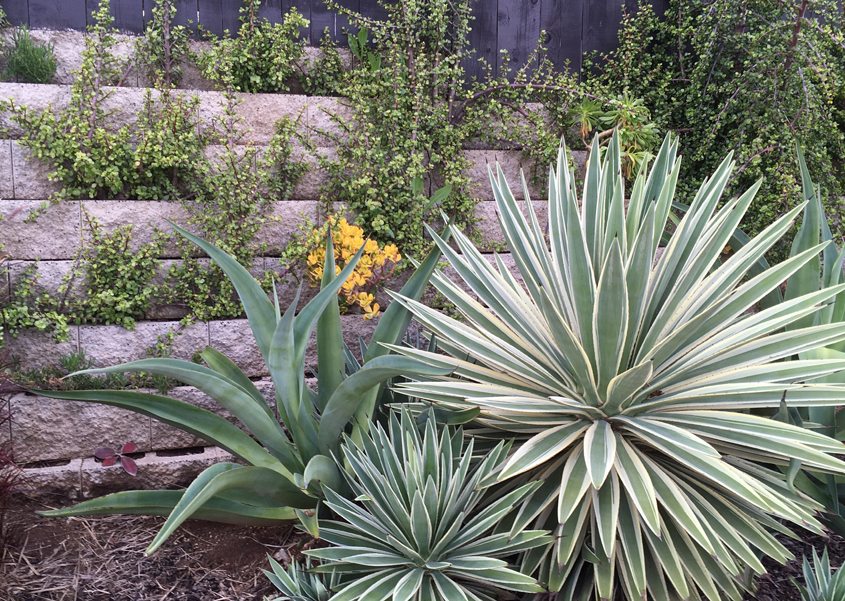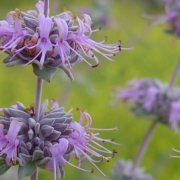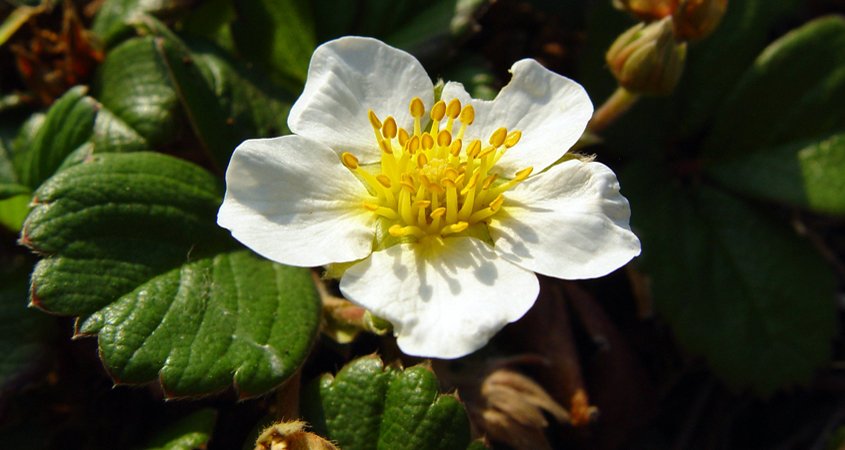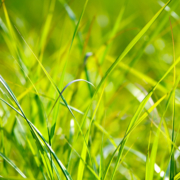Trees are the single most valuable addition to your waterwise landscaping. Trees create improved water quality, resulting in less runoff and erosion. They also improve air quality and provide habitat for insects, birds, and animals. Healthy, mature trees are so beneficial, they can add an average of 10% to a property’s overall value.
When thoughtfully placed around buildings, the cooling and insulation created by a tree’s canopy can reduce air conditioning needs by 30%, and can save 20-to-50% of the energy used for heating.
Before you choose landscaping trees, research their size at maturity. When you first purchase it, it’s in a 15- or 25-gallon container and it’s hard to imagine it growing above your roofline. But a small tree can become a 30-foot tall tree with a 30-foot wide canopy of branches in a few short years. If you select a large tree species, it could be 70 feet tall and equally as wide.
Ensure tree placement gives you a sufficient distance away from your home or other structures. Small trees (30 feet wide or less at maturity) should be placed no closer than 10 feet. Large trees (70 feet wide or more at maturity) should be planted no closer than 20 feet from a house.
Top waterwise tree choices
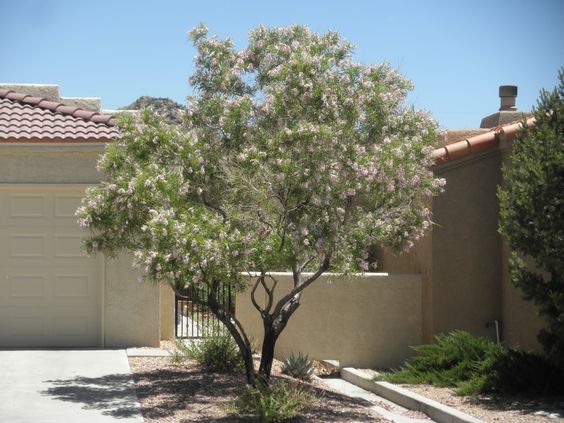
The Desert Willow is an ideal tree for its size, flowers, and waterwise nature. Photo: Pixabay
Which trees are the best waterwise choices for the San Diego region? These are five proven favorites.
Desert Willow (Chilopsis linearis)
Desert Museum Palo Verde (Parkinsonia ‘Desert Museum’)
California Redbud (Cercis occidentalis)
Catalina Ironwood (Lyonothamus floribundus)
Hybrid Strawberry Tree (Arbutus ‘Manna’)
Consider large shrubs as alternative choices
Large shrubs can be smart alternatives for screening unwanted views. Be considerate of the viewshed of your neighborhood. Will the shrubs block a special view for others?
Several best choices of waterwise small trees and shrubs for screening
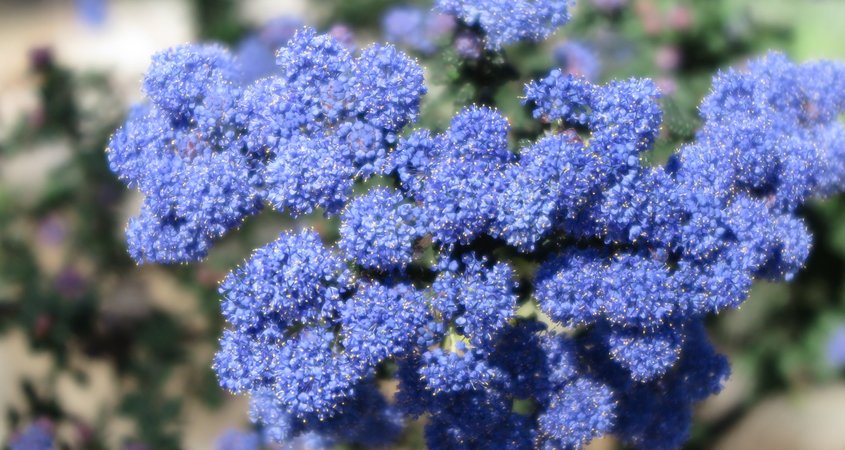
California lilac (Ceanothus) is a native plant to San Diego County and produces spectacular blooms in early spring. Photo: Wikimedia
Catalina Cherry (Prunus iliofolia ssp. Lyonii)
Pacific Was Myrtle (Myrica california)
Torrey Pine (Pinus torreyana)
Tecate Cypress (Cuppressus forbesii)
California Mountain Lilac (Ceanothus ‘Ray Hartman’)
This article is part of a year-long series inspired by the 71-page Sustainable Landscapes Program guidebook. The Water Authority and its partners also offer other great resources for landscaping upgrades, including free WaterSmart classes at WaterSmartSD.org.

